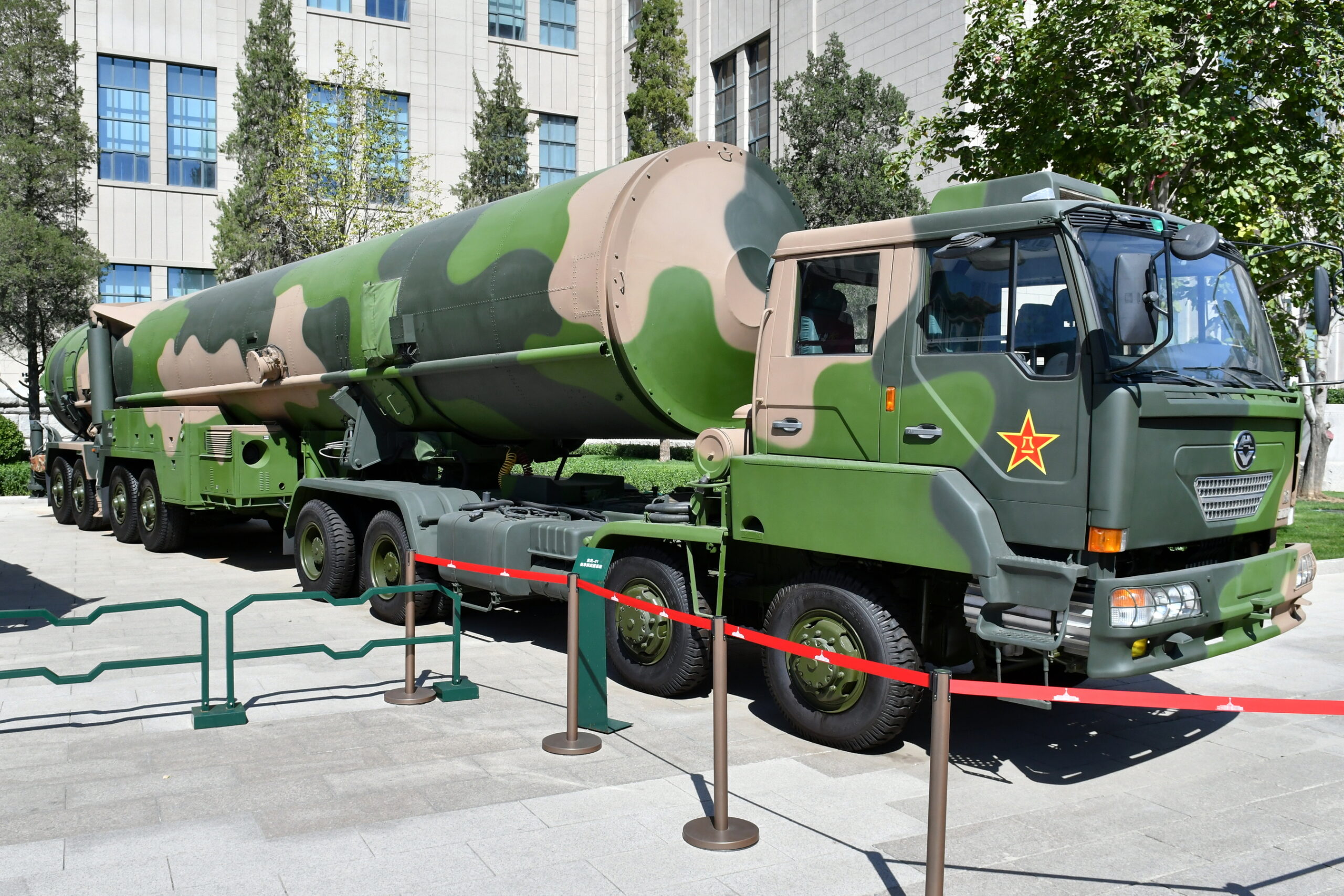From Minimum to Limited Deterrence: China’s Nuclear build-up and future implications
Download the full policy brief.
In this policy brief, Amrita Jash analyses the drivers of China’s nuclear build-up. China’s nuclear capabilities have traditionally been focused on maintaining a “minimum” deterrent. However, in the past decade, China has embarked on a modernisation and expansion of its nuclear arsenal, while still adhering to certain elements of its original nuclear policy, such as the no first use (NFU) of nuclear weapons. Presently, China seems to be shifting its nuclear deterrent from a minimum to a limited deterrent. This change in force size and structure can be attributed to two factors: a revised understanding of credible deterrence in an evolving security landscape and a pursuit of enhanced status. Although the possibility of China adopting an offensive nuclear strategy in the future is unlikely, it cannot be completely dismissed. The security implications for countries that have rivalries with China, notably the United States, India, and Japan, are significant. Consequently, it is imperative for China to increase transparency regarding its intentions, resolve territorial disputes, and engage in nuclear arms control discussions with the United States.
About the Author
Dr. Amrita Jash is an Assistant Professor at the Department of Geopolitics and International Relations, Manipal Academy of Higher Education (Institution of Eminence), India. She holds a PhD in Chinese Studies from Jawaharlal Nehru University. She was a Pavate Fellow at the University of Cambridge. Dr. Jash has authored The Concept of Active Defence in China’s Military Strategy (Pentagon Press, 2021). Her research interests are China’s foreign policy, Chinese military, security and strategic issues in China-India and China-Japan relations as well as the Indo-Pacific. She can be reached at @amritajash on Twitter.
The opinions articulated above represent the views of the author(s) and do not necessarily reflect the position of the Asia Pacific Leadership Network or any of its members. The APLN’s website is a source of authoritative research and analysis and serves as a platform for debate and discussion among our senior network members, experts and practitioners, as well as the next generation of policymakers, analysts and advocates. Comments and responses can be emailed to apln@apln.network.
Image: The Dongfeng-31 nuclear missile launcher on display at the Chinese People’s Revolutionary Military Museum, an exhibit commemorating the 90th anniversary of the founding of the Chinese People’s Liberation Army (Wikimedia).

